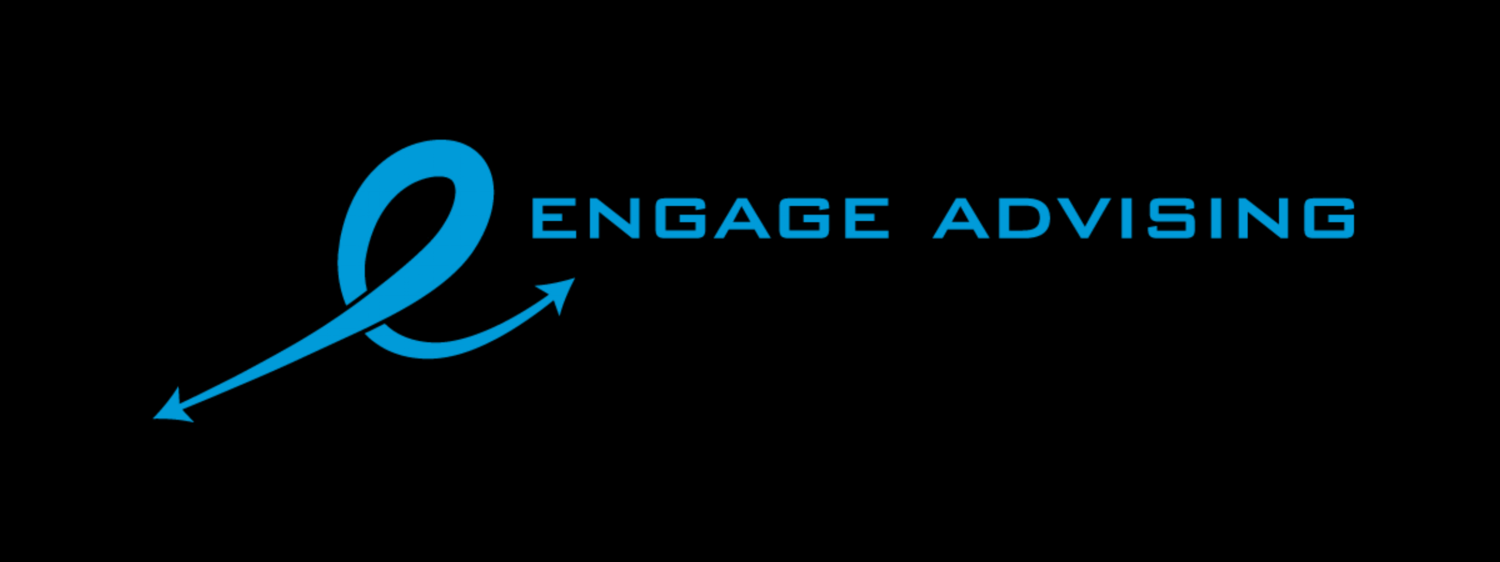I frequently see what people are holding in their investment accounts when I review them. Sometimes, I am pleasantly surprised; other times, baffled. One thing is clear, the message that you should diversify is starting to get through. What’s not getting through is how you should diversify. Most folks have to rely on a selection of funds in their 401(k) plan. Granted, some 401(k) providers still don’t offer a lot of options. That said, you can avoid picking your own individual funds by using a target-date fund in your 401(k) if available. Yes, I know, not exciting but a target-date fund does get the job done. But let’s say you have a greater selection available to you, or you want to diversify your own taxable investment account. Where do you start? Read on…
For the most part, you really do not need individual stocks or specialty funds to reach your financial goals. In fact, it can be argued that the single stock approach is too risky. That’s why employees who receive equity grants from their employer are encouraged to sell their shares and diversify when they can. Remember Enron, or WorldCom? Those investors and employees thought they were a sure thing. What about the employees who lost their retirements due to holding too much employer stock? I’m not picking on these two companies out of malice; it’s just that they are recent examples most of us can remember. History is replete with companies that rocketed to fame and suddenly collapsed; taking retirement dreams with them. Poof!
When it comes to investing, many people are swayed by stories about people who invested in a particular company and hit a homerun. What they don’t know is how many times that investor bought shares that didn’t turn out to be a homerun. Funny how that never makes the press! The idea is not to hit a homerun, the idea is to grow your money for the long run. If you are hearing about people cashing out and making a boatload of money, it’s already too late to jump in.
There is a core portfolio to consider. A limited number of funds can serve you well and actually cushion the ups and downs in the market and provide ample diversification. For example, you only need to hold a total US market fund, an S&P 500 fund, a total international market fund, and a good bond fund. Note that I said international and not global. Why? A global fund can replicate holdings in your total US market fund and sometimes even your S&P fund because global funds tend to include US companies, whereas international funds tend not to.
Allocation, is also key. How much of your money is allocated to each of the funds needs to match your risk tolerance. You need to ascertain your risk tolerance first and then determine your allocation. For example, heading into retirement, you may wish to hold 60% of your money in the equity funds, and 40% in the bond fund. Are you just starting out in your twenties or thirties? Maybe you can tolerate more risk and allocate your investments to hold 70% or 80% in equities and the balance in a bond fund. This is not the only option, so work with your CFP® to determine both your risk tolerance and your allocation. If you would like to see where you are now with your risk level, take my risk tolerance quiz.
Consistency, time, and not having too many eggs in one basket are a good recipe for building wealth. We all want that rocket to the stars, but we don’t want it to crash! Having a limited selection of high-quality, low-expense funds diversified according to your risk tolerance can help you reach your goals. As an independent CERTIFIED FINANCIAL PLANNER™, I can help you plan for the future and make progress toward your goals. Contact me and let’s get started. #talktometuesday #education #Hireaplanner #retirement #stressfree #lifeplan #savings #tax #ETF #funds #fund #CFPPro #risktolerance


